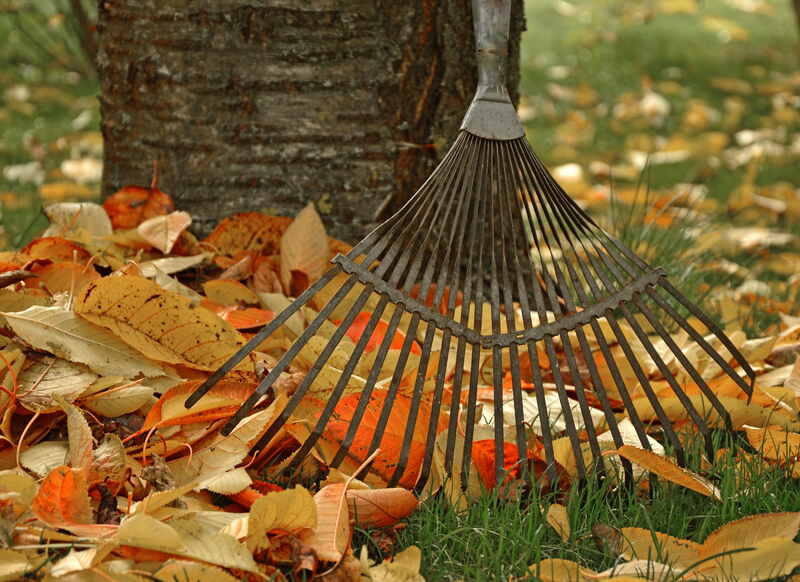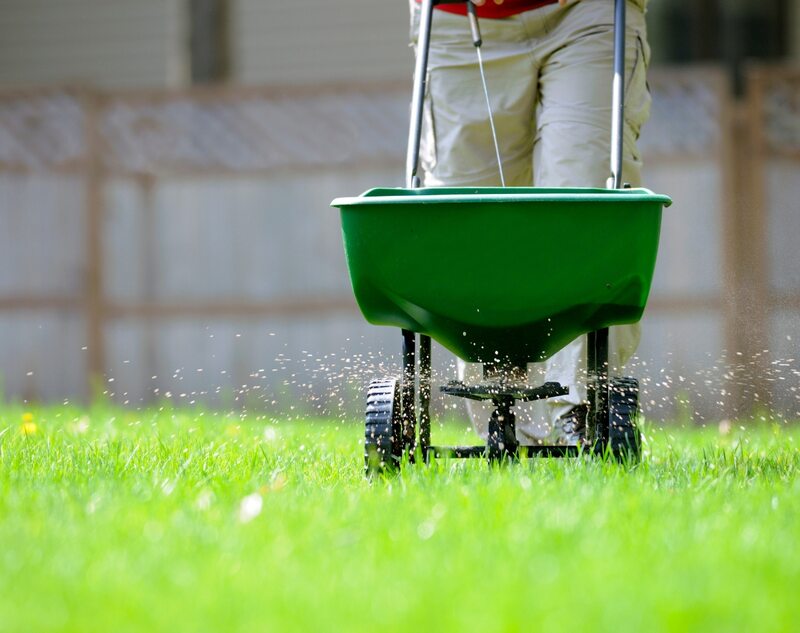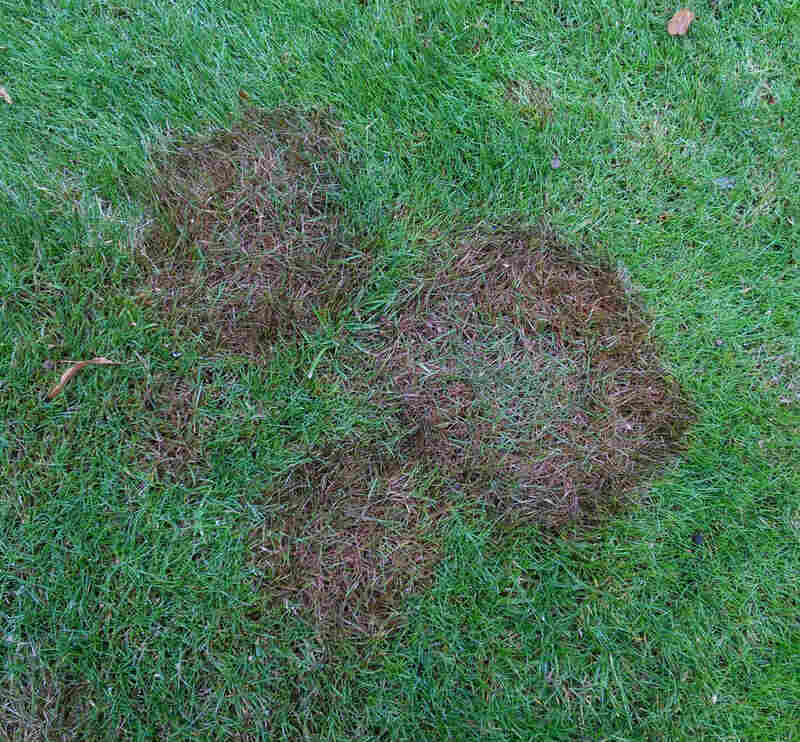Spring Lawn Care Tips for Baltimore, Md
BY STUART KUSHNER | MAY 15TH, 2023 | BALTIMORE, LAWN CARE, MARYLANDSpring has sprung, and for Baltimore homeowners that means a return to yard work. Your lawn needs all the help it can get to recover from the long, wet winter, and knowing how to care for your lawn in Baltimore will provide the foundation it needs to thrive all year long. These nine spring lawn care tips will set you up well for the warm-weather months ahead.
In this article:
- Clear the Yard
- Prep the Gear
- Fertilize
- Mow Wisely
- Water Efficiently
- Treat Lawn Diseases
- Frequently Asked Questions
Clear the Yard

Photo Credit: Pxfuel
To ensure your lawn absorbs the sunlight, air, water, and nutrients it needs, you have to clear away any leaves, trash, limbs, and debris on your lawn. Yard trash acts like a blanket on your lawn that blocks sun and water from penetrating to grass roots and the soil. Additionally, take out any plants that died over the winter.
Prep the Gear
With warmer months comes yard care, so make sure you get your lawn gear back in shape. Here is a short checklist of tasks to do:
✓ Change your lawn mower’s oil, and drain and refill its gas tank.
✓ Tighten any loose screws.
✓ Sharpen its blades.
✓ Ensure that your lawn mower and line trimmer work as well.
By checking these tasks off your list, you’ll minimize the chance of any unexpected problems occurring and adding more to your plate.
Fertilize

Photo Credit: groveb / Canva Pro / License
To prevent runoff, fertilizer should only be applied when the grass begins to grow. Apply fertilizer twice, once in early spring and once in late spring.
How to fertilize your lawn: Never apply fertilizer by hand. Instead, use a drop or rotary spreader to apply it evenly to your lawn. Always fertilize 10 to 15 feet away from waterways. Spread half the fertilizer in a north-south direction and the other half in an east-west direction.
Know When and How to Mow
Give your lawn a quick cut before you start mowing so you understand what shape your lawn is in and can put a mowing schedule together. Once you start mowing, follow these rules:
- Don’t cut more than ⅓ of the grass height each time you mow.
- Mow the grass high to conserve moisture and shade out weeds.
- Leave grass clippings on the lawn to give it a nutrient boost.
Don’t know how tall you should mow your grass? The following table will give you the recommended mowing heights.
| Grass Type | Mowing Height |
| Tall Fescue | 2.5 to 3.5 inches |
| Kentucky Bluegrass | 2.5 to 3.5 inches |
| Fine Fescue | 2.5 to 3.5 inches |
| Bermudagrass | 1.5 to 2 inches |
| Zoysiagrass | 1.5 to 2 inches |
Water Wisely
Watering your lawn might seem like another chore you must do, but it’s a bit more complex than you’d expect.
You don’t want to water the lawn until the grass grows, as the soil is still moist from winter. Also, you don’t want to overwater your lawn, as it would cause pests, fungi, and excessive thatch to form. Underwatering your lawn will starve it and dry it out.
When watering, follow these tips:
- Water with a sprinkler early, between 4 a.m. and 10 a.m.
- Water less frequently but more deeply.
- Don’t water in the evening, as it can cause fungus to grow overnight.
- Don’t water in the afternoon either, as the heat causes the moisture to evaporate.
Treat Lawn Diseases

Photo Credit: Kris Lord / Flickr / CC BY 2.0
Few things destroy a nice lawn as surely as diseases. They can make it look patchy and, if left unchecked, can spread and leave you with vast expanses of bare ground.
The best way to deal with disease is prevention. But if disease does rear its head, you should also know how to diagnose it and treat it.
Here are a few of the most common ones:
Red Thread
What to look for:
- Patches of red or pink turf on your lawn mixed with healthy green grass.
How to treat red thread:
- Fertilize your lawn to ensure it gets enough nitrogen.
- Remove excessive thatch.
- Aerate compact soil.
- Mow your lawn regularly and to the proper height.
- Minimize heavy traffic on your lawn.
Snow Mold
What to look for:
- Circles or irregular patches of fuzzy white grass up to three inches in diameter.
- A web-like substance on your lawn called mycelium.
- It can cause symptoms like hay fever, headaches, and watery eyes.
How to treat snow mold:
- Remove snow drifts in the yard during the winter (keeping them there will make the disease more severe).
- Remove excess thatch.
- Lightly fertilize the infected area.
- Overseed affected areas.
- Warm temperatures will kill it.
Brown Patch
What to look for:
- Imperfect brown, yellow, orange, or tan circles on your lawn, ranging from a few inches to several feet wide.
- Various diseases depending on your grass’ length:
- More than one inch: tan lesions with brown borders
- One inch: mycelium
- Less than one inch: a dark ring around each patch, called a smoke ring
How to treat brown patch:
- Mow when the lawn is completely dry
- Mow the healthy parts of the lawn before the diseased parts.
- Collect the clippings in humid weather.
- Wash the mower blade after mowing.
Frequently Asked Questions
Pre-emergent herbicides are applied twice: once in both early spring and late spring. If you experience crabgrass, apply a pre-emergent herbicide in mid-March through mid-April. Apply post-emergent herbicides in early summer and fall to control any weeds that have sprouted.
Fall is the best time to overseed your lawn, preferably 45 days before the first frost.
Yes, test your soil in either fall or spring, giving you enough time to assemble a lawn care plan based on your results. Testing your soil once every three years is recommended.
The Final Word
Making your lawn as beautiful as the flowers blooming in spring is entirely doable, but it takes effort.
If you don’t have the time or energy to do the work, call one of our lawn care pros, and we’ll happily take over, giving you the time to enjoy your city. Perhaps a Ravens or Orioles game?
Main Photo Credit: Lawn, Baltimore / Pxhere